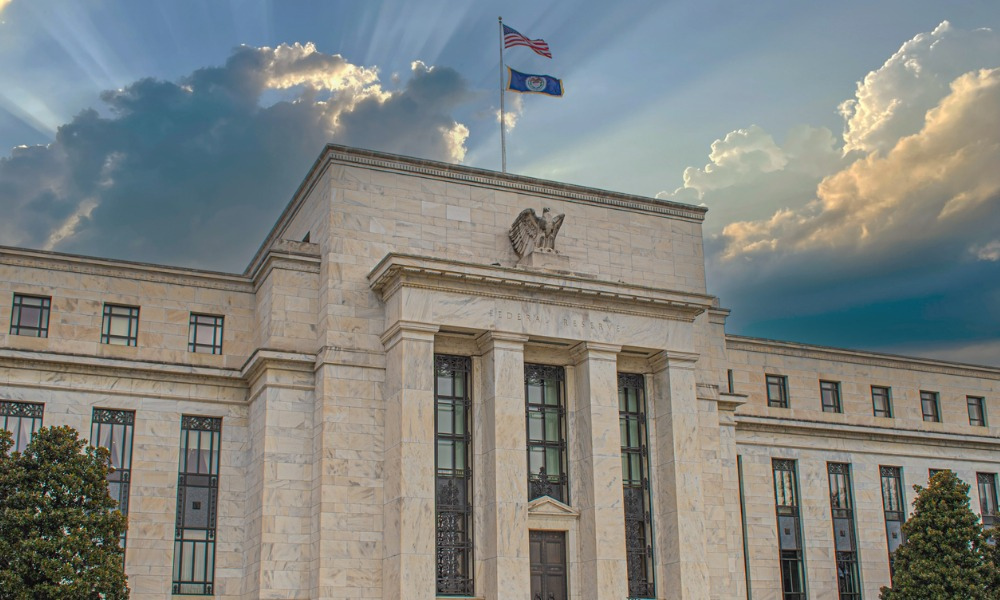Analysts highlight the impact of latest data on job growth and inflation, among other indicators

Citadel Securities has suggested in its latest analysis that the Federal Reserve will only implement one additional 25 basis point interest rate cut for the remainder of 2024.
“I’ll go out on a limb and say we only end up seeing 25 basis points of cuts for the rest of the year,” said Michael de Pass, Citadel Securities’ global head of rates trading, during an interview with Bloomberg.
De Pass noted the market’s expectation of 50 basis points in rate cuts for 2024 may be overly optimistic, citing the economy’s underlying strength and the “stickiness” of inflation as primary reasons for the more cautious outlook.
The projection follows recent labor market data showing stronger-than-expected US job creation for September. In response, swaps traders have reduced their expectations for additional Federal Reserve rate cuts, now pricing in about 47 basis points of reductions through the end of the year, down from previous predictions of a 75-basis-point cut.
Inflation remains a concern
Inflation, which continues to surpass the Federal Reserve’s target, remains a critical factor in the rate-cut debate. On Thursday, the US Consumer Price Index (CPI) for September is expected to show a 3.2% annualized increase in core prices—excluding food and energy—based on Bloomberg forecasts.
“That’s still well above target and leaves the Fed with a dual mandate to manage,” de Pass remarked at Citadel Securities’ Global Macro Conference. He emphasized the importance of monitoring inflation and how its persistence could alter the Fed’s policy decisions.
Fed urged to lower rates cautiously
Lorie Logan, president of the Federal Reserve Bank of Dallas, echoed a similar cautionary tone in prepared remarks delivered at an event in Houston on Wednesday. She suggested the central bank should proceed with gradual rate cuts, particularly after the Fed’s half-point reduction in September. Logan’s stance further supports Citadel Securities’ outlook for a slower pace of rate reductions.
If Citadel Securities’ forecast holds true, the effect will likely be felt most on the shorter end of the Treasury yield curve, de Pass noted. He suggested that investors may find opportunities to navigate the market’s short-term volatility tactically, as inflation remains a key variable in the Fed’s decision-making process.
Treasury market volatility rises
The bond market has experienced significant volatility in response to evolving rate-cut expectations. Treasury yields rebounded sharply following last week’s jobs report, which drove bond prices lower. The benchmark 10-year Treasury yield, for instance, now hovers just over 4%, up from approximately 3.6% a month ago.
As investors shift their positions, market data shows increasing bets against US Treasuries, pushing yields higher. On Wednesday, 10-year yields rose by approximately four basis points, reflecting growing uncertainty.
Amid this turbulence, bond market volatility has surged. The ICE BofA MOVE Index, which measures expected swings in bond yields, reached its highest level since January earlier this week.
Do you have something to say about the analysis? Share your thoughts in the comments below.



